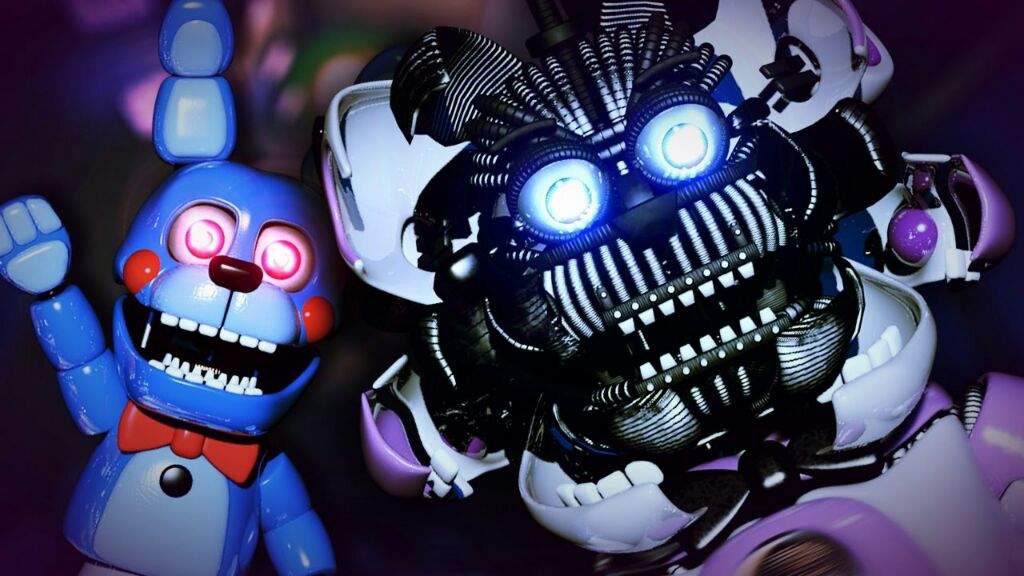

“That probably feels like you’re going to die,” says Scrivner, “because that’s a very strenuous workout.” To compare, the average resting heart rate for an adult is 60 to 100 bpm after my jog yesterday, my fitness monitor read 148 bpm. He said that some people’s rates hit 140 beats per minute (bpm) or above for the majority of the 45-minute tour. Last year, Scrivener and his colleagues took the heart rates of 110 people walking through a haunted house in Denmark. This is despite the stress it puts on one of our most important organs: our hearts. “It makes a giant noise, and that’s really the scare,” he says.

The actor inside some kind of hidden box clicks a latch, and the door falls in front of him. Leonard Pickel, the owner and chief designer of the themed-attraction consulting company Hauntrepreneurs, says that one of his favorite tricks is the drop panel. Haunted house creators take advantage of the brain’s impulses by layering on other jarring effects. This mindset is not ideal for making complicated decisions, or doing anything except hyperfocusing on the threat. Their bladder or colon might even void, which is less of an obvious advantage in a dangerous scenario and more of a glitch as the brainstem overrules other orders from the central nervous system. When a person is startled, their heart rate and pressure skyrocket, blood rushes to their extremities, and their pupils enlarge to bring in as much light as possible. Most children learn about the “fight or flight response” in school, and our understanding of physiology reinforces it.


 0 kommentar(er)
0 kommentar(er)
